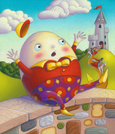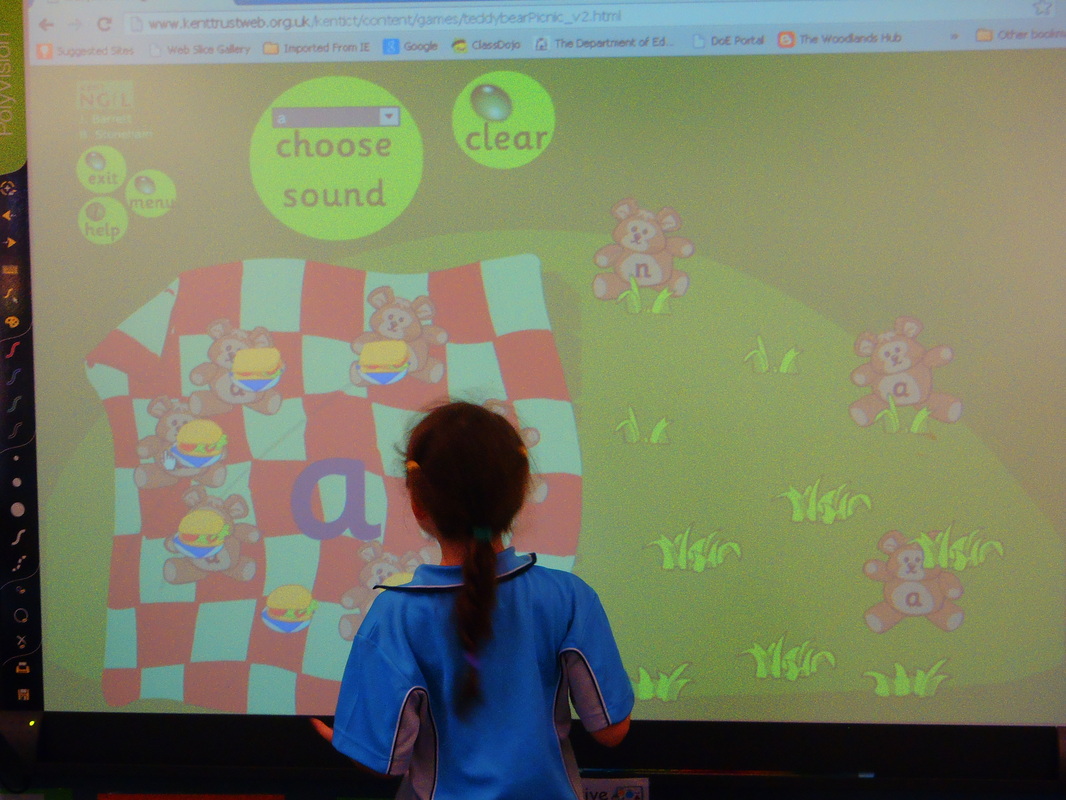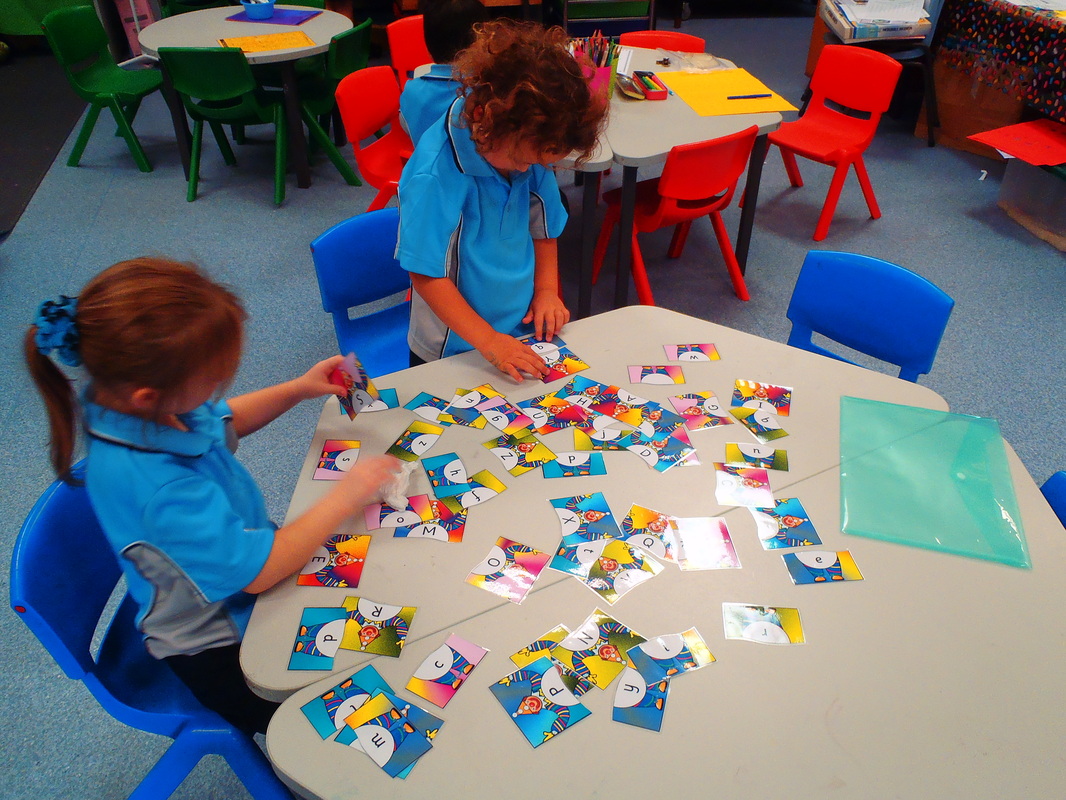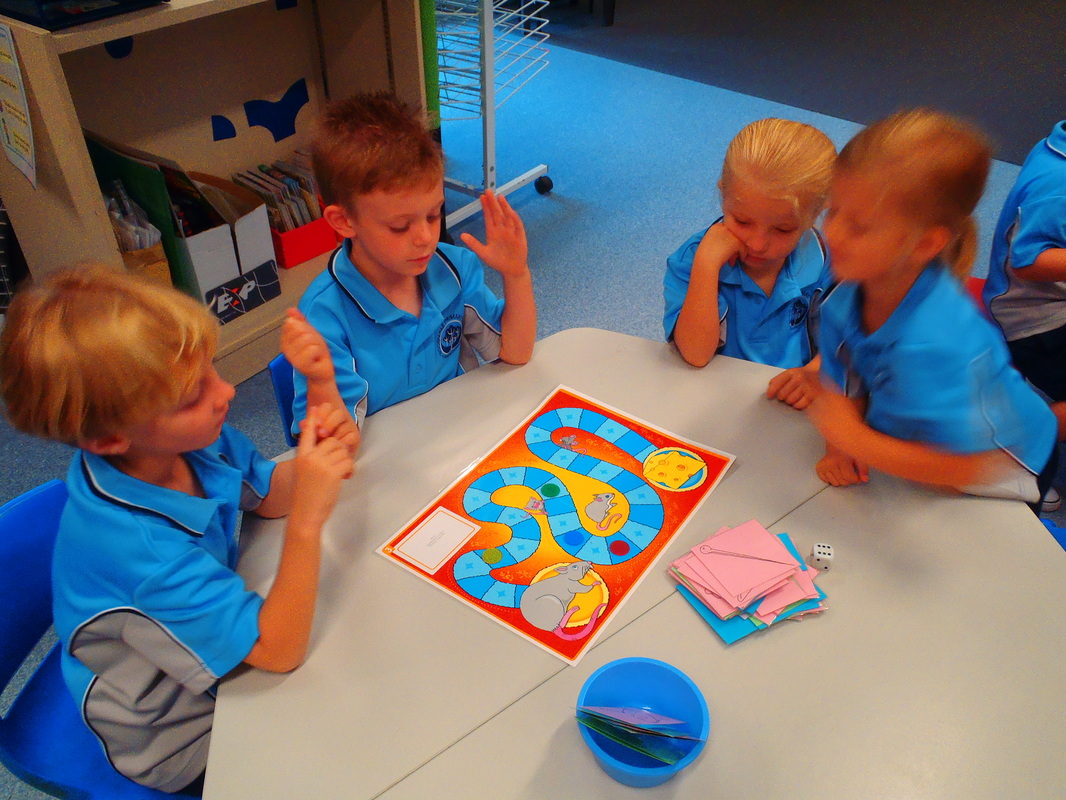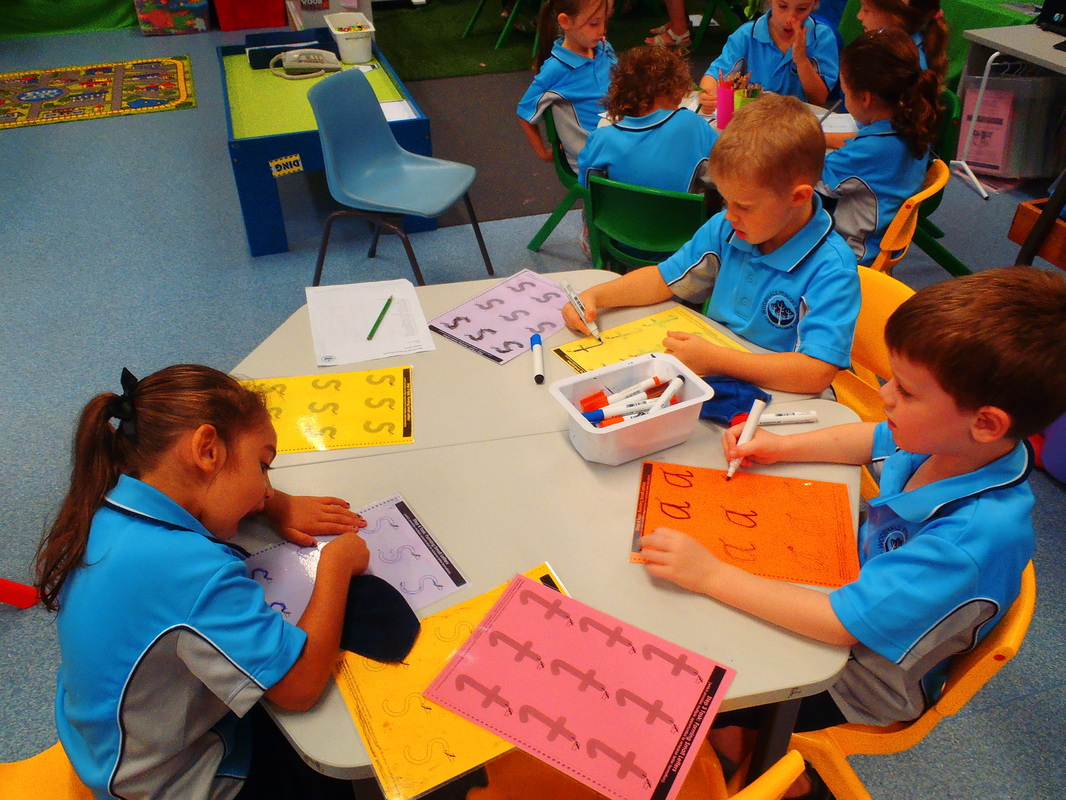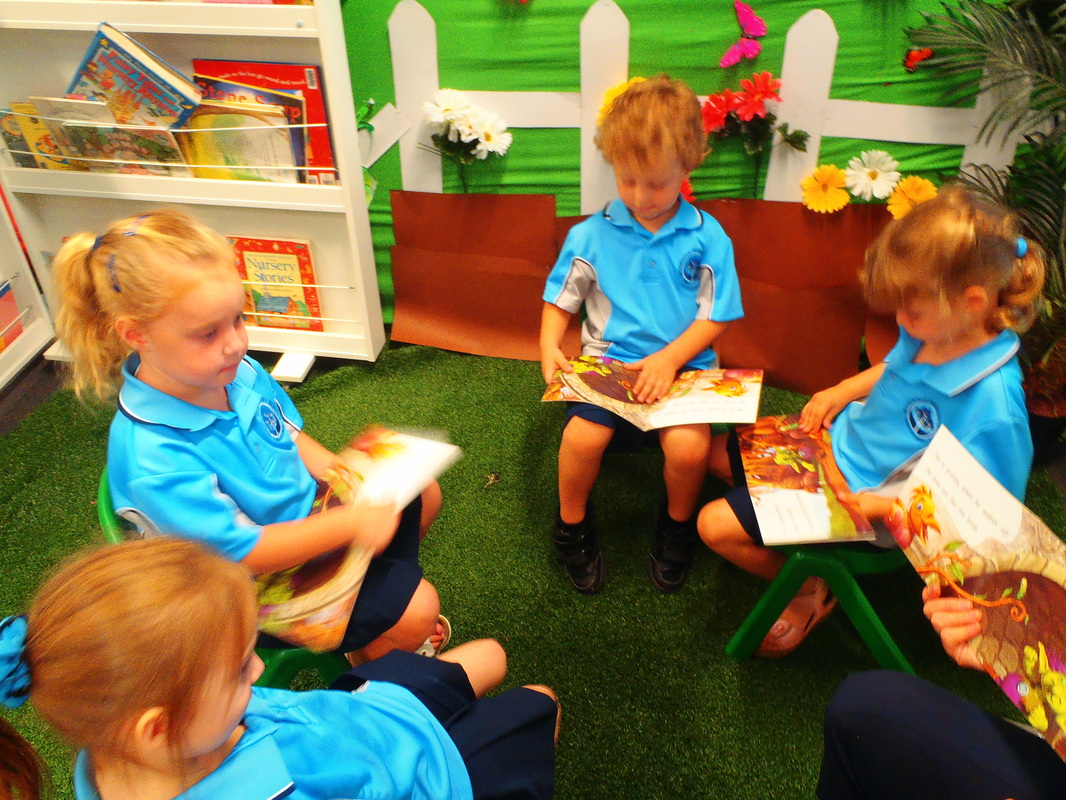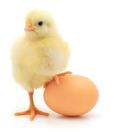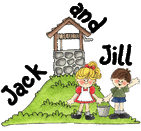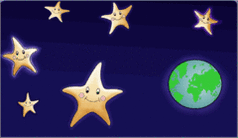
Click here for clip
In week 7 we looked at the Nursery Rhyme Little Miss Muffet. We discussed some new words we learnt in the Nursery Rhyme and discovered that a tuffet is a small stool that can be covered in material and curds and whey is another name for cottage cheese. We created a background using large crayons to colour in the objects and then used edicol dye to paint over the top. We practiced how to hold our paint brush and making strokes from left to right, just like when we read and write. We listened to the Nursery Rhyme and watched a clip on the interactive whiteboard. We then sang the song using differnt tones of voice.
After watching the clip we selected our favourite part of the Nursery Rhyme and drew a picture and wrote a sentence about it. When we write we need to remember to use a capital at the beginning of a sentence, sound out our words, put spaces between our words and use a full stop at the end of the sentence.
Some of our favourite parts were;
Ethan: My favourite part was when Miss Muffet was frightened away because it was funny.
Kristian: My favourite part was when the red back came to see her before she was eating her food because I liked the spider.
Luca: My favourite part was when the spider sat next to Miss Muffet because I like it and when she screamed.
Brooklyn: My favourite part was when Mrs Muffet sat on her tuffet because it looks like a stool.
Holly: My favourite part was when the spider sat next to her because she got scared.
We then looked at the text and identified the various conventions such as, capital letters, long and short words, full stops and where the passage begins and ends. We also answered blank level questions about the Nursery Rhyme. We are very good at predicting what may happen next.
We made a spider using egg cartons and then explored the concept of measurement using a ruler and unifix blocks. We created a web for our spider using origami and then recorded its length.
We are exploring the concept of addition and looked at what addition means. Addition or adding is to combine numbers or objects together to create a total. Just like 4 apples plus or add 3 apples equals or makes 7. We can write our addition sum using symbols; 4+3=7. You can use these new terms at home to help reinforce the concept of addition.
We have commenced our phonics programme and have looked at the letters; s, a, t, p, i, n. We are now using this knowledge to begin blending simple consonant-vowel-consonant words, such as;
sit nip
sat nap
sin sap
at pat
am snap
tap tip
tin pit
You can help at home by sounding out simple consonant-vowel-consonant words eg. Time for B-e-d. Assisting and encouraging your child to read words by sounding and blending letter sounds. Assisting and encouraging your child to form simple words when writing.
After watching the clip we selected our favourite part of the Nursery Rhyme and drew a picture and wrote a sentence about it. When we write we need to remember to use a capital at the beginning of a sentence, sound out our words, put spaces between our words and use a full stop at the end of the sentence.
Some of our favourite parts were;
Ethan: My favourite part was when Miss Muffet was frightened away because it was funny.
Kristian: My favourite part was when the red back came to see her before she was eating her food because I liked the spider.
Luca: My favourite part was when the spider sat next to Miss Muffet because I like it and when she screamed.
Brooklyn: My favourite part was when Mrs Muffet sat on her tuffet because it looks like a stool.
Holly: My favourite part was when the spider sat next to her because she got scared.
We then looked at the text and identified the various conventions such as, capital letters, long and short words, full stops and where the passage begins and ends. We also answered blank level questions about the Nursery Rhyme. We are very good at predicting what may happen next.
We made a spider using egg cartons and then explored the concept of measurement using a ruler and unifix blocks. We created a web for our spider using origami and then recorded its length.
We are exploring the concept of addition and looked at what addition means. Addition or adding is to combine numbers or objects together to create a total. Just like 4 apples plus or add 3 apples equals or makes 7. We can write our addition sum using symbols; 4+3=7. You can use these new terms at home to help reinforce the concept of addition.
We have commenced our phonics programme and have looked at the letters; s, a, t, p, i, n. We are now using this knowledge to begin blending simple consonant-vowel-consonant words, such as;
sit nip
sat nap
sin sap
at pat
am snap
tap tip
tin pit
You can help at home by sounding out simple consonant-vowel-consonant words eg. Time for B-e-d. Assisting and encouraging your child to read words by sounding and blending letter sounds. Assisting and encouraging your child to form simple words when writing.
